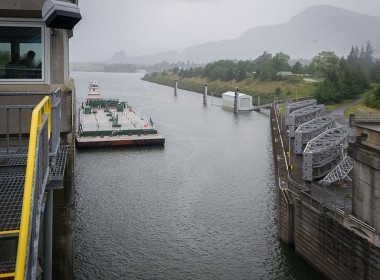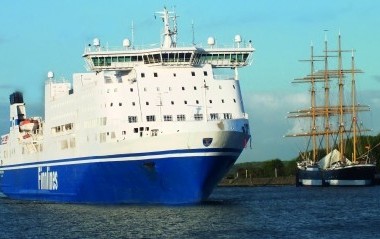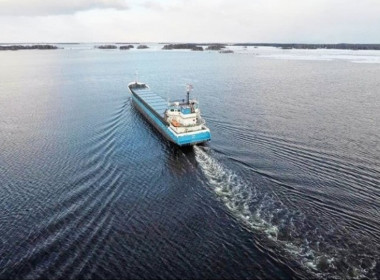WA anglers advised to record dam catches of tagged rainbow trout

A tagged rainbow trout released in Harvey Dam has proven to be hungry and highly mobile, being caught twice within five days a significant distance apart.
The trout is part of a Western Australia Department of Primary Industries and Regional Development (DPIRD) research program to test the effectiveness of releasing fish of different sizes, and comparing recapture rates.
Anglers are being asked to record tagged rainbow trout caught in Harvey Dam to help with yearling release research to determine whether releasing bigger yearlings improves their “catchability” for anglers.
Senior research scientist Andrew Beer said two sizes of yearling rainbow trout were tagged and released into the dam in October.
“We have increased the number of yearling rainbow trout grown at DPIRD’s Pemberton hatchery for release in rivers and dams,” Mr Beer said.
“This tagging study may give us insight into post release performance of yearling trout tagged at about 250 mm in length and at the bigger size of 300 mm.
“Recently published studies from the United States reported the chance of anglers catching fish that were bigger at the time of release increased by 100 per cent, relative to smaller yearlings.
“Our tagging trials in Harvey Dam over the coming years will investigate whether similar outcomes are experienced in Western Australia and whether anglers will benefit from increasing the size of stocked fish. From there, we can undertake an economic analysis of holding fish to the larger size.”
Mr Beer said tag recapture projects also provided information about where and how fast fish move, and how fast they grow.
“Anglers are integral to this research and we encourage anyone catching a tagged fish to photograph it lying flat on a measuring board so we can determine its length,” he said.
“A photo of the tag number should also be taken so we can track individual fish, and both photos should be texted to the mobile phone number on the tag.”
Mr Beer said if the fish are released, anglers should leave the tag in place so the department learns more about the growth of fish in Harvey Dam and allows for recapture.
“Recaptures are relatively rare and since the releases on October 6 and 7, we have received less than 20 recorded captures of tagged fish out of the hundreds of fish released.
“We want to run an effective release program which presents the greatest return for freshwater anglers which is why we are investing in this research project. Citizen science programs such as this are a fantastic way to collect meaningful data which helps with the department’s research projects, which benefits the community in the long run.”
Mr Beer said DPIRD would contact anglers after the photos had been submitted and all tag returns would receive a small gift and be eligible for a quarterly prize.








